Italian museums seek solutions to over-tourism
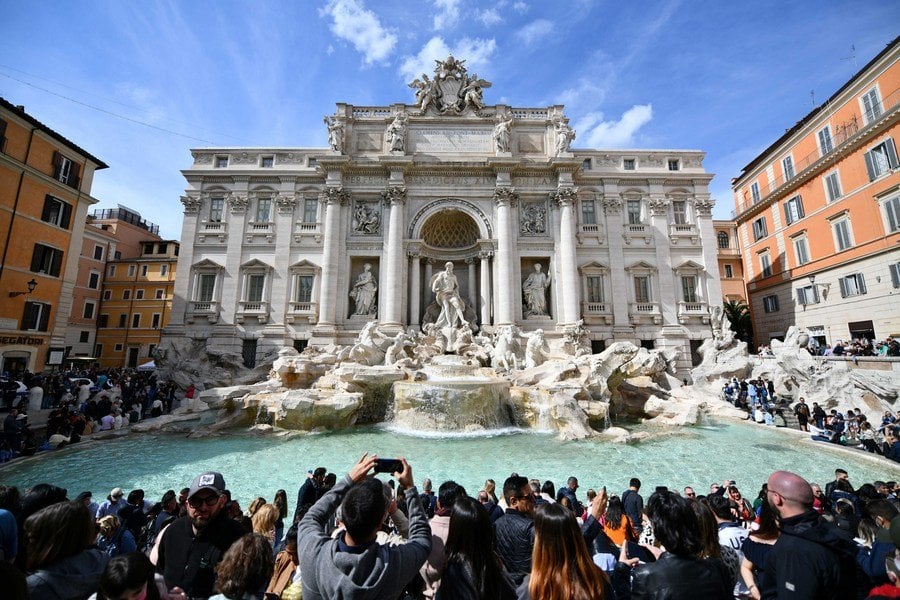
FLORENCE, Italy, July 20: Michelangelo's iconic masterpiece from the Italian Renaissance, David, needs no introduction. However, the home of the sculpture, the Galleria dell'Accademia in Florence, contains a wealth of cultural artifacts which remain mostly unknown to the public.
The gallery, founded in 1784, boasts a unique collection of 17th- and 18th-century musical instruments, Florentine Renaissance religious paintings, Orthodox icons, and plaster casts of classical statues.
Nevertheless, the gallery's visitors from all around the world mainly come to see David, according to gallery director Cecilie Hollberg.
"He is the one who brings people here," Hollberg emphasized, standing next to the 5.2-meter sculpture. "But we want to help people recognize there is much more to take in at the Galleria dell'Accademia."
Hollberg was speaking to Xinhua on the sidelines of an event to highlight improvements at the museum; better air conditioning, the reopening of the "gipsoteca" collection of plaster casts after three years of restoration, and an updated ticketing system that allows for staggered entry.
The gallery wanted to allow for a smoother flow of visitors, as well as make sure they are more comfortable given the record-setting number of tourists expected this year.
Italy is one of the world's top tourist destinations, but the tourism industry was crippled by travel restrictions during the COVID-19 pandemic. However, in 2023, all that is in the past.
Despite high temperatures, global inflation, and uncertainty surrounding the conflict in Ukraine, the streets and squares of Italy's most popular tourist destinations -- Rome, Florence, and Venice -- are once again filled with tourists.
Early indicators show that Italy's tourism industry could this year surpass the record levels set in 2019 before the pandemic.
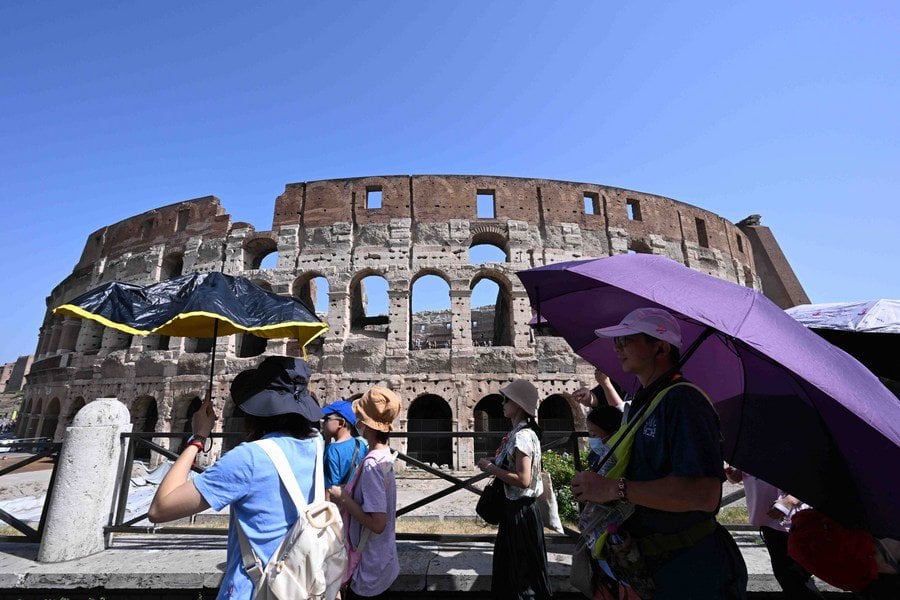
But the return of tourism is a double-edged sword. "The country definitely suffered when the tourists disappeared during the pandemic. But now that they are returning, the challenge is how to balance the needs of visitors with those of residents, and with the sustainability of the cultural sites themselves," Antonio Molisano, a tourism researcher with the Italian Chamber of Commerce, told Xinhua.
The most widespread complaints concern the over-crowding of city centers and transport systems due to high numbers of tourists, or over-tourism. Meanwhile, restaurants and shops in smaller towns, or even in areas of cities just a few blocks away from the crowded thoroughfares, can struggle to attract enough clients to thrive.
One solution to this dilemma, proposed two years ago by Florence's Uffizi Museum, is a program called "Uffizi Diffusi" (Widespread Uffizi). Under the program, some of the museum's cultural riches are displayed in smaller Tuscan towns, thereby drawing visitors to lesser-known locations.
Hollberg said this approach could also be used elsewhere in the country.
"There's only so much a single museum director can do, since they can only control what happens within their museum," Hollberg said. "But the growing number of tourists would have much less of an impact if they were not concentrated in a few areas. There is a great deal to see and enjoy in Italy."



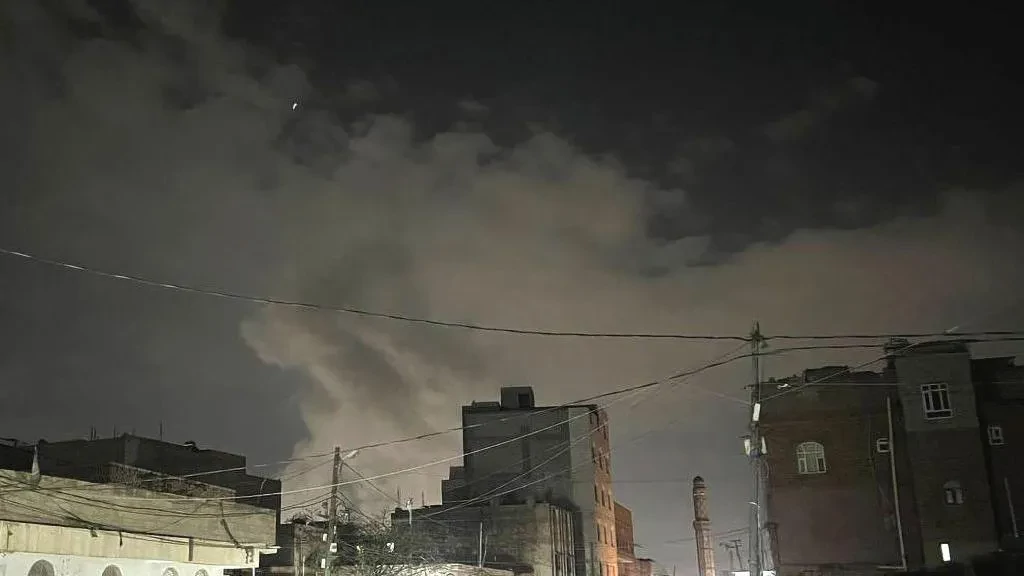



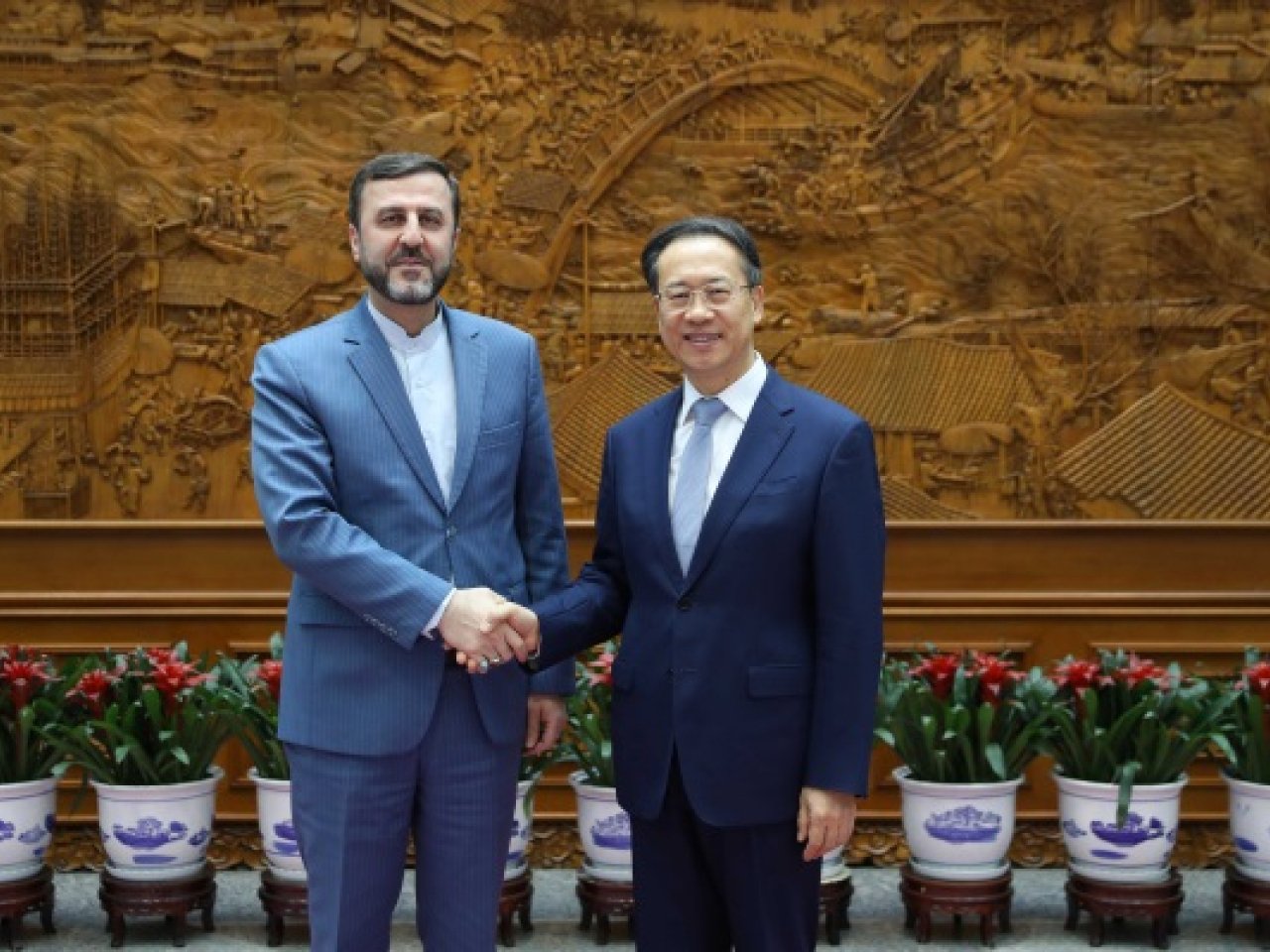

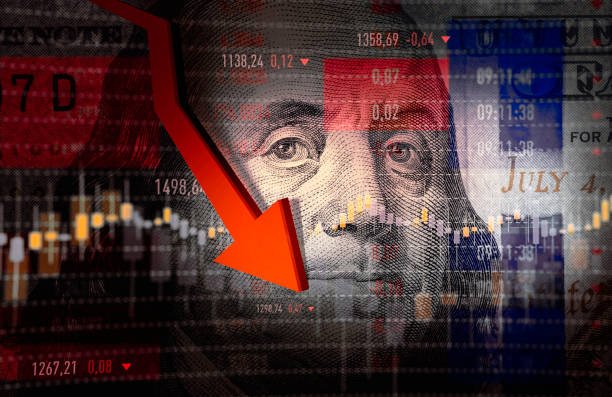
Leave Comment